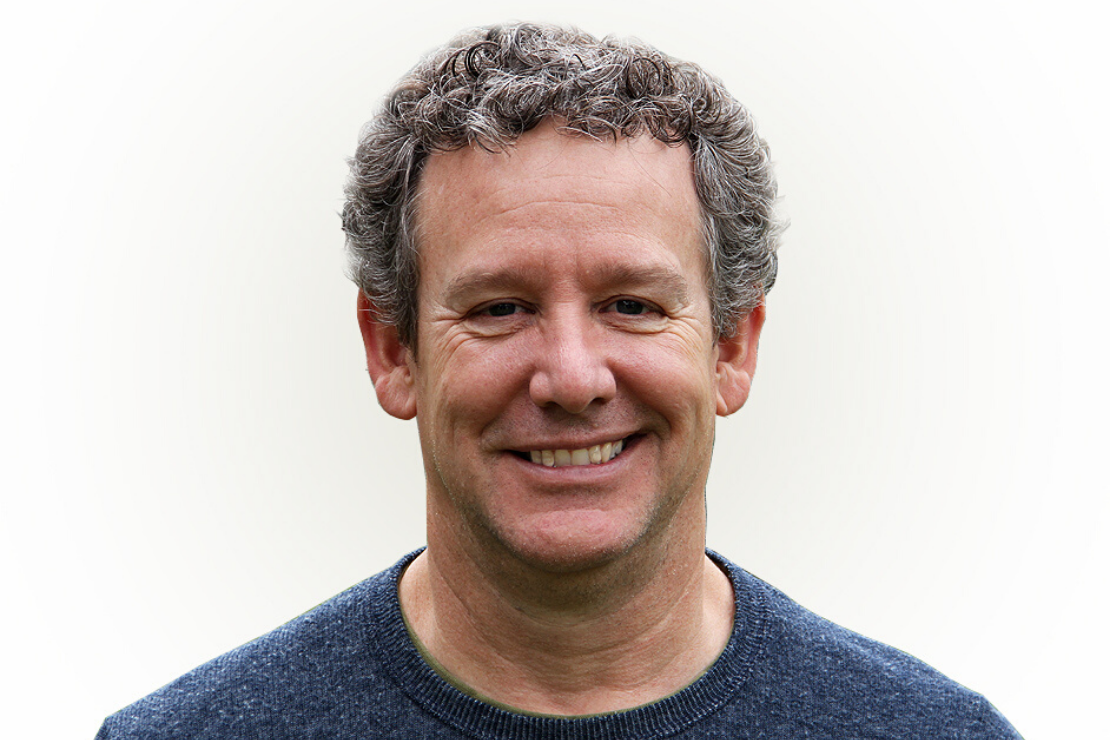Making Key Community Connections: Quality or Quantity?
Jul 01, 2020

By Chris Heivly, Techstars Senior Vice President for Ecosystem Development
Which Tactic Will Yield The Greatest Impact?
By now, I trust that you realize that being a connector (one who consistently makes connections between like minded folks), is the primary way that you can serve your startup community. Malcolm Gladwell does a great job of articulating this in his first book, The Tipping Point: How Little Things Can Make a Big Difference, published in 2000.
Connectors are the people in a community who just seem to know everyone. And even more importantly, they have a daily habit of making introductions. A connector can be described as being a super node on the community network, and as we have discussed in many blogs posts (and as I elaborate on in my upcoming book), great startup communities are organized as a network and not an old-fashioned hierarchical structure.
I learned this 10 years ago in my adopted home of Raleigh/Durham, NC. As I got motivated to stand up a Techstars-inspired accelerator in 2009 (and only knew a handful of people at that time), I began a networking journey. Some five months later, I had sat one on one with at least 275 people and every one of these new connections was fostered by a warm introduction.
Power networking became my gold that opened up critical doors to achieving my goal of stimulating the ecosystem through an accelerator.
If you have not yet figured out my answer to the question of quality over quantity, allow me to share some more observations and experiences.
In almost every one of those connections, I turned around and made a new connection for that person I had just met with. Imagine the network I built over the course of those five to six months.
My Five Rules of Engagement for Making Introductions:
01. I do not ask permission from either party to make an introduction — I trust the network and each party to do what's right for them.
02. I make those via email and keep them to four to five sentences total — I do this to make the next move simple and easy for all.
03. I make it clear that I am out once the introduction is made — what happens next is up to the two parties.
04. I make introductions just about every day and many times I make multiple introductions — this consistency builds further trust and my actions encourage others to follow suit.
05. I limit the number of introductions for any one person on any one day to three — I am enamored with the number three and think there is a simplicity and power of three that should be enough to get someone started.
My colleague Alex Iksold disagrees with #1 and feels like we should use a double opt-in methodology. In mature markets where there are multiple ways to engage (like his town of NYC), this makes some sense. But in developing communities, I want to optimize for speed and build a trust-based network usually from scratch. You see the one core problem of developing or emerging startup communities is THEY ARE NOT CONNECTED!
If you are in a developing community and are wondering whether you should highly curate introductions (Quality) or whether you should optimize for building out the network (Quantity), I would push aggressively for quantity. The startup community network is where it all starts so the faster you help build it out — the faster the network effects kick in.
Subscribe to The Line here.
About the Author

Chris Heivly
Chris is one of the nation’s leading experts on launching startups and has been dubbed the “Startup Whisperer.” He cofounded MapQuest, is an angel investor, ran a corporate venture fund and 2 micro venture funds (directed over $75M), and is SVP Ecosystem Development with Techstars. Chris recently published his first book about starting anything called Build The Fort and is currently writing a book on Startup Community Building.
